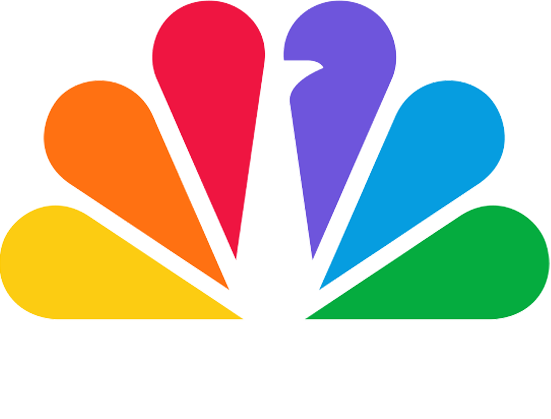WHEN: Today, Tuesday, September 10, 2024
WHERE: CNBC’s “Squawk on the Street”
Following is the unofficial transcript of a first on CNBC interview with AT&T CEO John Stankey on CNBC’s “Squawk on the Street” (M-F, 9AM-11AM ET) today, Tuesday, September 10. Following is a link to video on CNBC.com: https://www.cnbc.com/video/2024/09/10/apple-upgrades-will-be-meaningful-but-not-super-cycle-says-att-ceo-john-stankey.html.
All references must be sourced to CNBC.
DAVID FABER: Well, if you’re keeping track, it’s day two of Goldman Sachs’ Communacopia Conference in San Francisco. Top executives joining throughout the day. One of them is AT&T CEO John Stankey, and he joins us now. This on the heels, of course, of Apple’s new iPhone release and his company’s own announcement of a fiber expansion deal. John, it’s good to see you. It’s been a while. Sorry we’re not together in-person, but thank you for being here.
JOHN STANKEY: Good morning, David. Thanks for having me on.
FABER: My pleasure. Let’s — you know, if we can, let’s start it with Apple, because obviously, I would assume like many, you’ve only seen the recent features very quickly. But I am curious, given its importance to your company, what your expectations may be at this early stage in terms of what it will mean for the upgrade cycle for Apple customers.
STANKEY: Well, I think ultimately the consumer is going to drive the decision making on what the upgrade cycle is. And you’ve obviously been discussing it all morning, having some viewpoints of what the pros and cons are. My intuition is this isn’t going to be kind of what I would call a major cycle as we see the 5G, 4G kind of dynamics and volumes. I think it’s going to be meaningful, but I’d be surprised if it hits that level. Could be wrong? Ultimately, the consumer will understand what they want to do with it. My sense is, frankly, that we’re ready either way it goes. I was looking at the offers in our industry that popped up yesterday after the announcement. They look pretty similar to last year. So I’m not expecting this thing is going to go crazy. But if it does, we’ll be ready to go.
FABER: Yeah. I want to ask you about that. You know, it’s funny, John, you and I talked a year ago in-person at this very conference. Of course, also Apple coming out with a new phone then. You, at the time, talked about, you know, these things get very expensive and the consumer, at least from your viewpoint, I look back, might be hesitant. They kept the price the same. I don’t know if you think that that’s going to in any way bring people more, you know, to the fore in terms of perhaps considering an upgrade.
STANKEY: Well, I think it was smart that they kept the price the same. Obviously, they are expensive. It’s a significant investment. But there’s, as we talked about last year, I think there’s other things that are driving how long consumers are choosing to hold on to their devices. You discussed the fact that the changes sometimes are a little bit more incremental. I think software in this case over time is going to make a big difference. The question is whether it’s big enough right now to drive a huge cycle. The other thing that we have is, you know, we’re doing a much better job of managing the lifecycle of these devices. We have insurance plans that allow people to hold on to them longer, repair them, use them. They’re more durable, more stable. People are more accustomed to doing things like protecting them. So I think there’s just a certain dynamic similar to maybe a laptop or a PC where people are extending life cycles because the product is better and manages to do things very effectively for longer.
FABER: Yeah. And in terms of your competitive stance in the marketplace, in terms of subsidies and obviously things that make sure people stay with you, what do you have any expectations?
STANKEY: Look, we’ve been winning in the market with a very stable and consistent play, which is we treat all our customers equally. It doesn’t matter where you are in our plan continuum. It doesn’t matter where you are with your history with the company. If you want a new device, we’ve got something for you to be able to do. And plus, if you’d like to come over and work on America’s largest network and be part of the AT&T family and take advantage of opportunities, for example, to bundle fiber with wireless, which is a new dynamic of one of the offers we have in the market this year, we’d love to have you come in and we have incredibly effective and competitive prices to do that.
FABER: Yeah. Well, you mentioned fiber and bundling. Let’s talk a bit about that, because, of course, it’s been notable in terms of how much you’re spending to increasingly be able to offer fiber to your customers and wireless services. But, John, there are, you know, a number of critics who would say, listen, your combined footprint, you know, in terms of what you can do is still not big enough to address much of the country. So why is this convergent something that’s a positive strategy for AT&T shareholders?
STANKEY: Well, first of all, we’re in an infrastructure business. And in infrastructure, it doesn’t all get built in a day. And I think anybody who’s looking at circumstances today is missing the point that, just as you have heard earlier on your show, we’re in a generational movement right now where software is going to take us to the next level. Workloads that have to flow across networks are going to be more demanding and more significant. And there is no better technology to do that on than fiber. And so we are now making that bet at AT&T. I’m making the bet that fiber at the edge, where it’s harder to get to, is in fact, over time, going to be a very defendable and sustainable franchise. And I don’t think the question is, where are we today? The question is, where are we going to be in five years from today? And AT&T is going to be the leader in having more fiber out there than anybody else. And it is fundamentally a better product and a better technology than what anybody else is offering in the market, who may have a larger footprint today.
FABER: OK. How do you compete, though, in terms of — do you just continue to build? I mean, Verizon, obviously, buying Frontier, got that news last week. What AT&T — T-Mobile’s buying Metronet, they did a Lumos deal. I mean, your competitors also are scrambling to get a bigger footprint. Do you guys need to buy more or can you just continue to build?
STANKEY: Our competitors are chasing us. We have the largest footprint in the United States, David, and we’ve used a variety of different tools to get that done, and we’re going to continue to do that. Of course, we’re building organically in parts of the country where we’ve operated for a long time. We have a joint venture set up with BlackRock called Gigapower, where we use additional capital from outside of our company as a partner to go in and do that. That model has shown great promise. We’ve been at it for about 18 months. We’ve got great results coming out of the market. They actually look like they’re closer on par to how we operated within our footprint than what we had expected, which we thought maybe the brand wouldn’t do quite as well outside of our traditional wireline operating footprint. And we announced yesterday that we’re working with a variety of open access providers to be an anchor tenant and wholesale on top of their network. And we’re a preferred player in that case because we’re not out trying to sell fixed wireless access over the top of their footprint. We have a great model from Gigapower that we can help them use to grow, and we’re going to continue to do that. And we also may have some success in some public-private partnerships with BEAD funding where we end up doing some more outside of, you know, our core footprint to support what I would call government subsidy in low penetrated areas. We’re going to use it all, and that’s how we’re going to keep our lead.
FABER: Got it. Right. And I get it. Listen, as you know, I’ve followed the company for a long time. I’ve followed your long road to getting to two and a half times leverage. You’re very close. Well done. But when I hear you talking about this, I do wonder any expectations that shareholders might have for, you know, buyback of stock or things of that nature. How are you thinking about capital allocation, given the needs you’re going to have here in terms of spending for this fiber?
STANKEY: Well, David, we’ve been very disciplined over the last four years, to your point. Thank you for recognizing the balance sheet is in a very different position than it was four years ago. We are going to have choices of what to do with our capital. And I think we’re very mindful of the fact that shareholders deserve to be rewarded for sticking with us and working through this. And we’ve — we made great progress in improving the operations of this business. You’re seeing it consistently show up every quarter in our operating results. We think by a combination of these capital smart approaches of what we’re doing with fiber, continuing to invest at the aggressive rate that we are, and getting our balance sheet to where we’re going to have choices about how to allocate our capital differently. And I’m excited next year to actually be talking about that conversation, which seemed a long way away four years ago when we started talking about this.
FABER: Yeah, it did. I look forward to having it with you. You know, you mentioned Fixed Wireless. There’s also Starlink, for example. I mean, they’re going to be able to start putting up a lot more satellites. I just wonder, why do you — or do you dismiss them as really effective competitors to fiber? And if so, why?
STANKEY: Well, I don’t dismiss anybody as a competitor. I think the portfolio, there’s so much demand for bandwidth and there’s so much demand for connectivity no matter where somebody is. Everything plays a part in the portfolio. Satellite constellations are going to be great to fill in white spaces where there’s no coverage today so people have always-on connectivity. That’s why we’re doing what we’re doing with AST SpaceMobile to make sure your device can be connected no matter where you are. You’re going to see Fixed Wireless that plays a role in part of the market. Not a big part of the market, but for, say, a small individual living in a studio apartment, that might be the most effective way for something like that to happen. But there’s nothing that beats fiber in terms of the marginal cost of carrying the next unit of traffic. And as a result of that, it’s always going to be more cost effective and better performance than any other technology out there. And it will carry the lion’s share of workloads, and that’s why we’re making the bet on that infrastructure investment.
FABER: Finally, John, I do want to get you on the economy, because you typically do have an interesting view, both on enterprise, but also the consumer and their ability to pay their bill. What are you seeing right now, you know, when it comes to sort of overall your customer base and how strong they are?
STANKEY: The business is still doing great. You know, customers are paying and they’re still buying. Obviously, we’ve got a big purchase decision coming up as Apple releases a new device. And I think we’ll see demand for that as it moves through. I don’t think we’re going to see necessarily what I would call economic malaise move into that cycle. We see it as, given the essential nature of the businesses we provide, as being pretty healthy. I’m well aware that I have peers in other industries where consumers are making some choices to create some space, given challenges in the environment, maybe trading down to premium brands to buy more generic stuff and a variety of other things. But our product, fortunately, is kind of viewed as a really critical staple every day is how people go about their life. And we see it being pretty strong right now.
FABER: Alright, John, I could go on for a while, but we’re going to have to leave it there for now. Look forward to talking again soon. Thank you for taking the time.
STANKEY: Good seeing you again, David.
FABER: And you. John Stankey, CEO of AT&T.
For more information contact:
Jennifer Dauble
CNBC
t: 201.735.4721
m: 201.615.2787
Stephanie Hirlemann
CNBC
m: 201.397.2838

